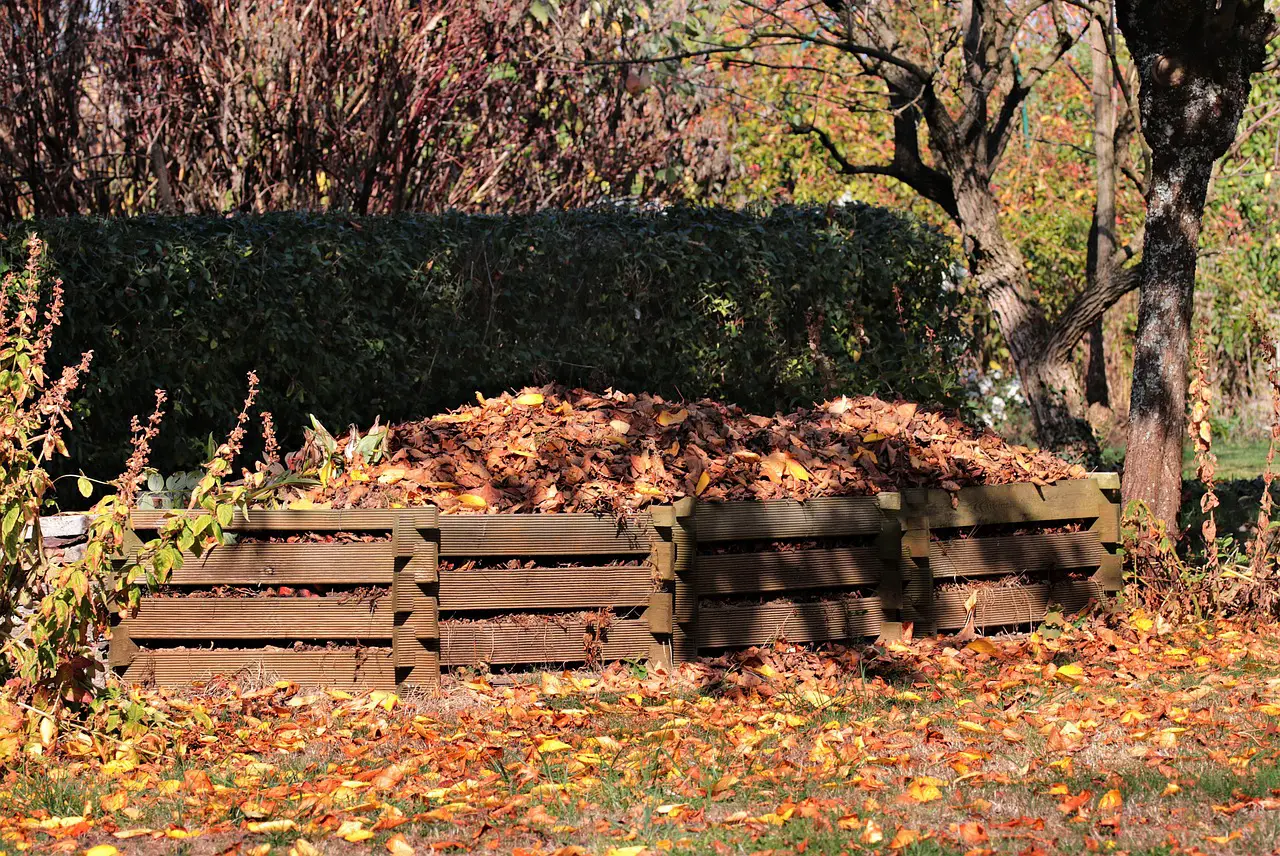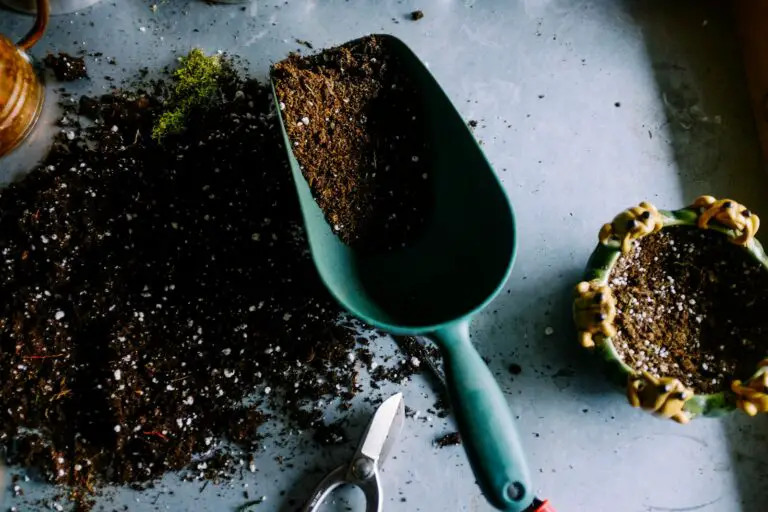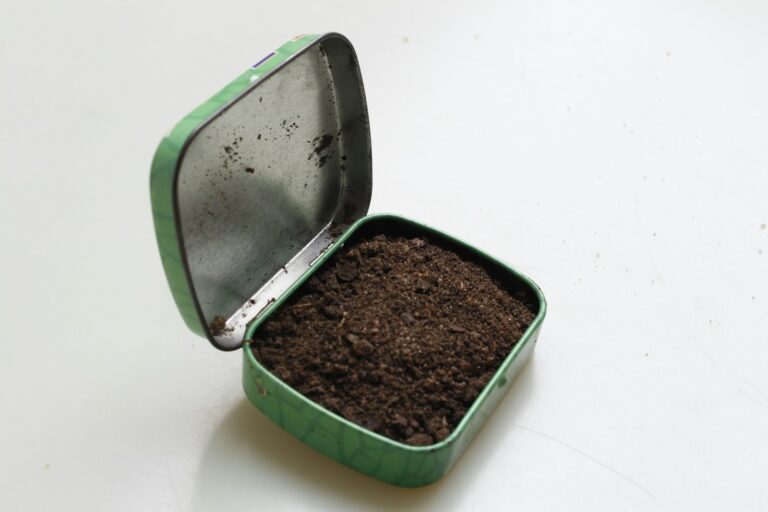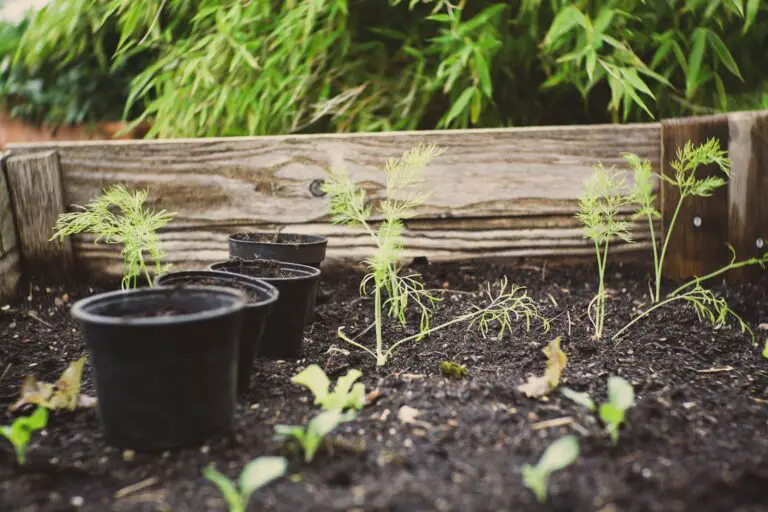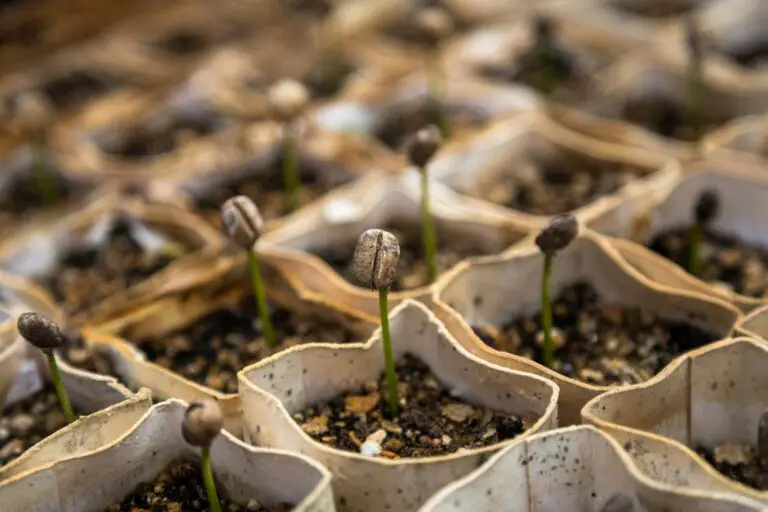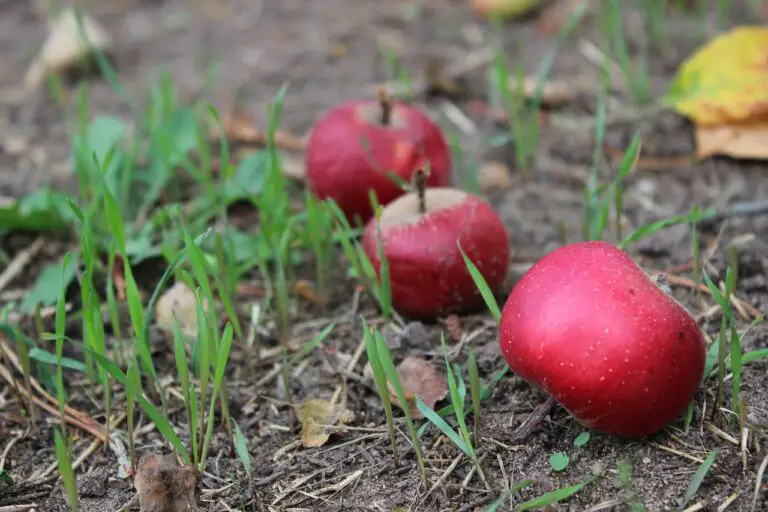Composting 101: Understanding the Carbon-Nitrogen Ratio
Composting is more than just a gardening trend; it’s a fundamental approach to recycling organic waste and enriching soil. However, for many enthusiasts, the process can be a little scientific mystery, particularly regarding the balance of carbon and nitrogen. In this comprehensive guide, we’ll break down the importance of the carbon-nitrogen (C:N) ratio in your compost and how you can master it for optimal results in your garden. Whether you’re a seasoned gardener or just starting, understanding this ratio can transform your composting game.
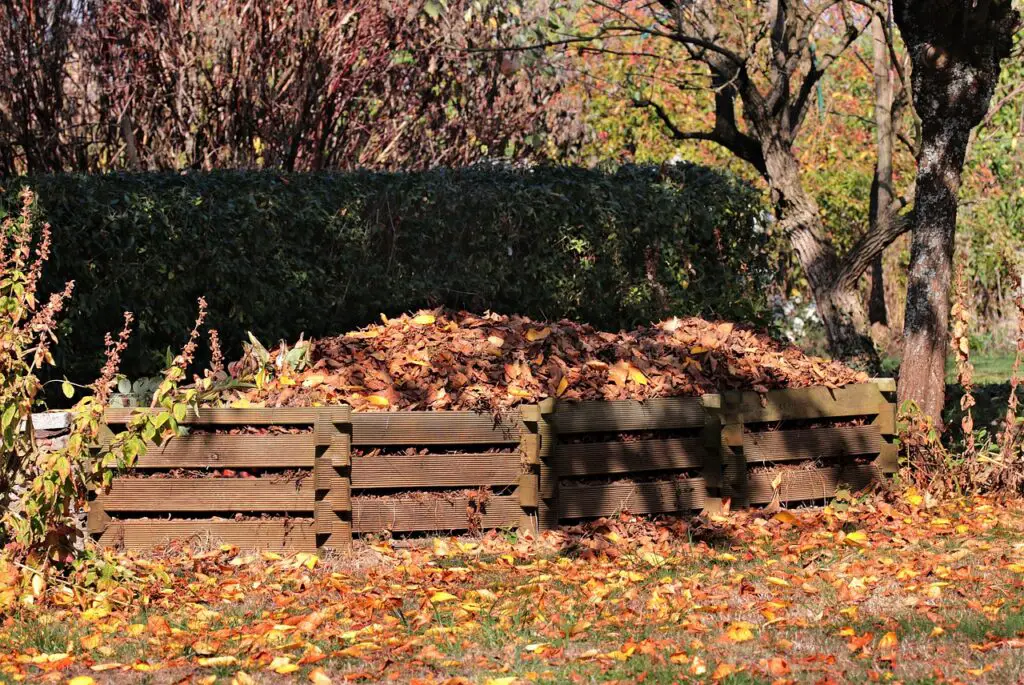
Introduction to Composting
Composting is the natural process of recycling organic material, such as food scraps and yard waste, into a valuable fertilizer. This nutrient-rich end product, often referred to as “black gold,” completes a sustainable cycle in the ecosystem. By intercepting waste before it reaches landfills, composting minimizes methane emissions and reduces the overall carbon footprint.
At the heart of the transformation is a variety of microorganisms that break down the organic matter into a humus-like substance, which enhances soil structure, increases water retention, and provides a steady supply of nutrients to your plants.
What is the Carbon-Nitrogen Ratio?
The C:N ratio is a concept at the center of the composting process. It’s a metric that compares the mass of carbon to the mass of nitrogen in any material you add to your compost bin. This ratio is crucial because it affects the speed and success of your composting efforts. Organic materials with a high C:N ratio decompose slowly and may become ‘carbon sinks,’ which can lower temperatures and prolong decomposition. On the other hand, materials with a low C:N ratio decompose quickly, potentially releasing their nutrients too rapidly.
Importance of Balance
A balanced C:N ratio is essential for efficient composting. The ideal balance is around 30 parts carbon to 1 part nitrogen. Achieving and maintaining this balance allows microorganisms to break down the material at an optimal rate, producing the heat needed to kill weed seeds and pathogens, while also ensuring that nutrients are released steadily over time.
An unbalanced C:N ratio can lead to a host of issues such as a smelly, anaerobic process that may attract pests, or an overly energetic one that burns up nutrients before the compost reaches maturity. In both cases, you’ll end up with subpar compost that may not nourish your plants as it should.
Ideal Ratios for Efficient Composting
Different materials have different C:N ratios, which is why it’s crucial to use them in the appropriate amounts in your compost. Here are some general categories and their approximate C:N ratios:
- High-Carbon Materials (Browns): such as cardboard, wood chips, and dry leaves, have a C:N ratio of 30-80:1.
- Low-Carbon Materials (Greens): such as kitchen scraps, grass clippings, and manure, have a C:N ratio of 15-25:1.
Understanding and layering these materials in the right proportions will foster the ideal environment for decomposition and nutrient release.
Tips for Home Gardeners
To achieve the right C:N balance, follow these tips:
Know Your Ingredients
Identify the C:N ratio of the materials you plan to compost. This can often be found through simple online research or on the packaging of commercial products.
Create Layers
Start with a layer of high-carbon materials, then add a layer of low-carbon materials. Repeat this alternating pattern to build a good mix of green and brown ingredients.
Maintain Moisture and Aeration
Keep your compost pile as damp as a wrung-out sponge and turn it regularly to ensure good aeration. Microorganisms need water and oxygen to do their job effectively.
Monitor the Process
Check your compost to make sure it’s not too wet, too dry, or too smelly. Adjust your ingredients to correct any imbalances.
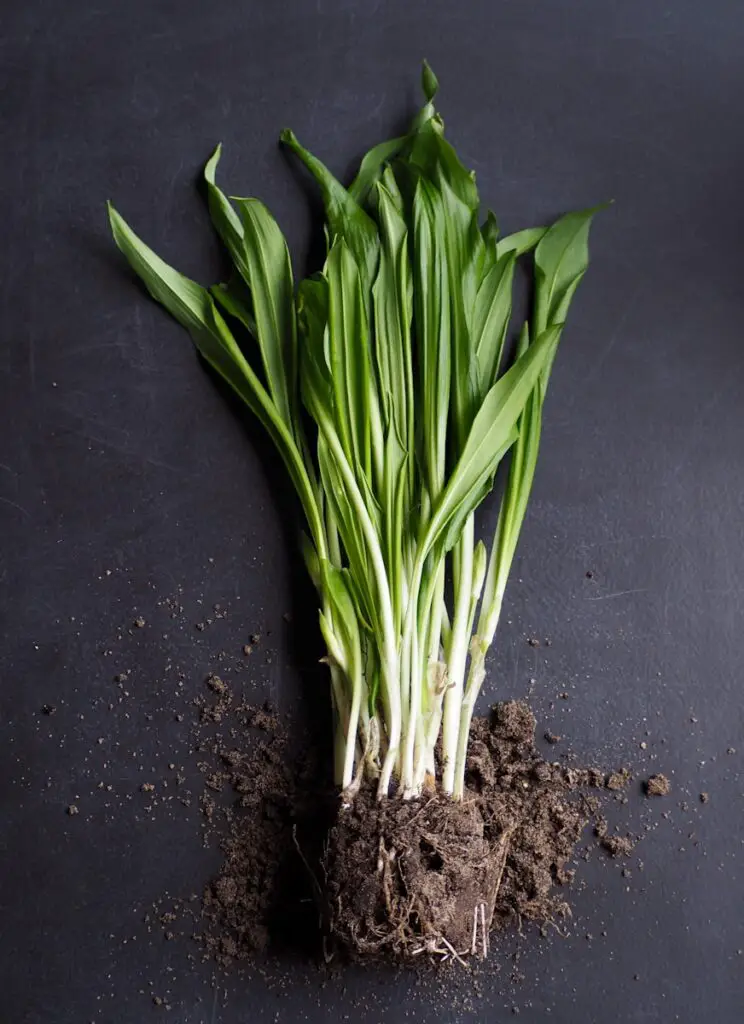
Common Mistakes to Avoid
Here are some common pitfalls to watch for:
- Using Only One Type of Material: This often leads to a lopsided C:N ratio. A mix of materials is key to a successful compost pile.
- Clumping Greens or Browns Together: Separate your greens and browns to establish good layering.
- Forgetting to Turn the Compost: Regular turning ensures all parts of your compost receive air and moisture, vital for an even breakdown.
Benefits of Proper C:N Ratio
A well-balanced C:N ratio offers a plethora of benefits:
- Fertile Soil: Nutrient-rich compost creates an ideal environment for plant growth, leading to healthier, more robust plants.
- Eco-Friendly: Composting reduces waste and the need for chemical fertilizers, lowering your environmental impact.
- Cost-Effective: Making compost at home saves money on buying soil amendments and can reduce your trash bill.
Conclusion
Composting is a powerful technique that can be harnessed by anyone with the right knowledge and tools. Understanding the carbon-nitrogen ratio is a critical part of the process that will set you up for success. By mastering this, you’re not only enriching your soil and enhancing plant growth—you’re also contributing to a healthier planet.
For eco-conscious individuals and home gardeners, taking the time to understand and apply concepts like the C:N ratio is a small but impactful step in sustainable living. The benefits for your garden, your community, and the environment at large are numerous. It’s a little effort with a big, long-lasting reward.

